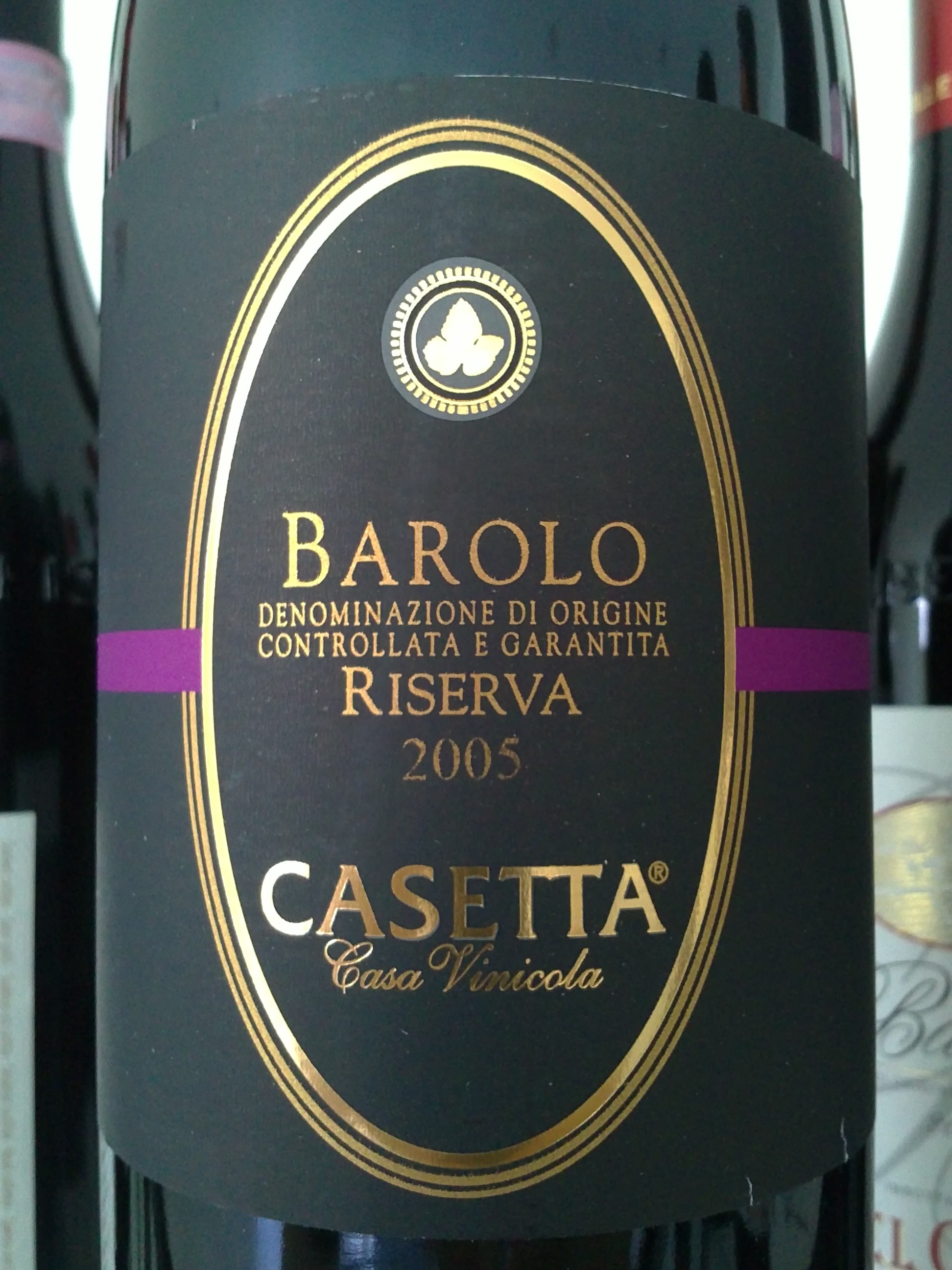Barolo Riserva 2005: a good surprise
Posted on 15 May 2011
The Nebbiolo Prima 2011 event concluded with a blind tasting of Barolo Riservas from the 2005 vintage. Riserva is a tricky wine. Normal Barolo has to be aged in wood for 2 years. That’s a long time by modern standards. It results in a slightly fading colour and loss of much of Nebbiolo’s primary fruit. Over time in oak Barolo develops a complex, unfruity bouquet. Its tannins mellow, but slightly oxidative notes also appear in some wines, and that’s not terribly modern in style; it might be an acquired taste for many drinkers.
I like that long-aged, slightly oxidative style of Barolo – in proportion. There has to be sufficient fruit and body to balance that, and freshness too. Barolo Riserva, where the compulsory oak ageing is increased to 3 years (with 2 more years in bottle before release), can therefore be a challenge. In the past years I’ve felt three years in oak were beyond the means of many wines. Some of them simply tasted old. To qualify for a riserva, Barolo really needs to have a lot of stuffing and be handled very carefully by the vintner.
2005 Riservas actually showed better than expected. Two years ago when normal Barolo from 2005 was released, it was a vintage strong on structure but a bit low on fruit and charm. Extra time has actually revealed more fruit, and producers appear to have been properly stringent in their selection for Riservas. There are some truly exciting wines, and just a few disappointing ones. Cordero di Montezemolo’s Gorette, Elvio Cogno’s Vigna Elena, Ettore Germano’s Lazzarito, Giacomo Fenocchio’s excellent Bussia are on the more modern side of the stylistic spectrum while Fratelli Casetta and Cavallotto’s Vigna San Giuseppe are delicious traditional examples. I was surprised by the performance of Livia Fontana, and my wine of the tasting was actually Roberto Sarotto’s Audace, a brilliantly poised, profound wine from a producer who’s never thrilled me so far.
I also tasted some non-Riserva 2005s throughout the week and the vintage now drinks well especially in Barolo: I’d particularly recommend Massolino’s 2005 Margheria (see related blog entry) and Le Strette’s Bergera Pezzole (here). In the end 2005 Riservas look like a worthwhile bunch of wines and it’s only their steep prices (mostly around 50€, occasionally more) that stop me from heartily recommending them. The backward nature of 2005 suited the Riserva regime well, and six years is a happy age to uncork a good Barolo still in its youth. We’ll see more of the same with 2008, a similarly structured (and perhaps slightly superior) vintage.
Disclosure
My trip to Piedmont including flights, accommodation and wine tasting programme is sponsored by the Albeisa association of wine producers.





